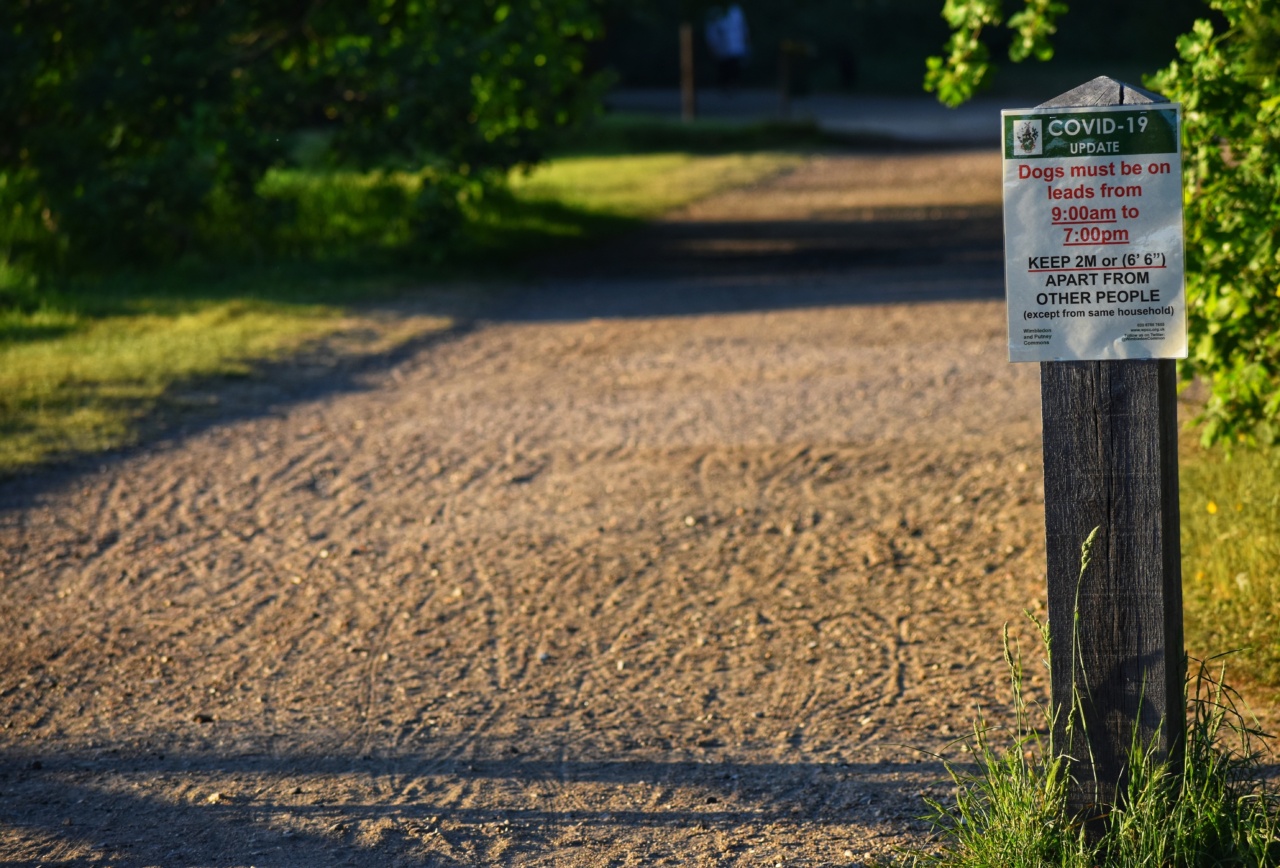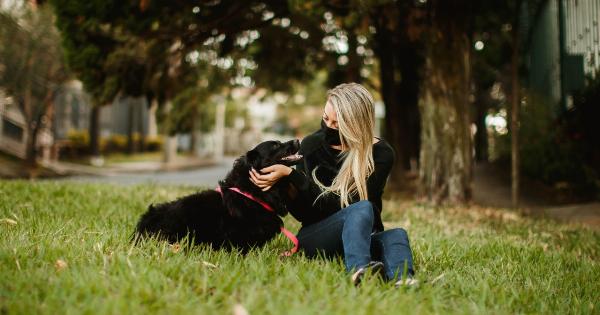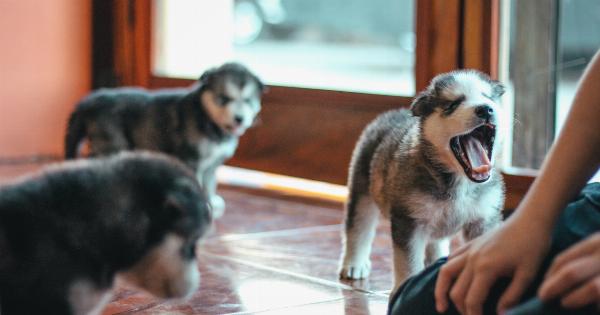Dogs are known for their loyalty and companionship, but when it comes to interactions with other dogs, things can get unpredictable. Dog fights are not only dangerous for the dogs involved, but they can also put their owners and other pets in danger.
As a responsible dog owner, it is important to take preventive measures to keep your dog safe and avoid such situations. Here are some top tips for preventing dog fights:.
Socialize your dog
Dogs are social animals and need to interact with other dogs to develop proper social skills. Socializing your dog from a young age will help them learn how to approach and communicate with other dogs in a non-threatening way.
It is best to start socializing your dog as early as possible, but with caution and under supervision to avoid traumatic experiences that could result in fear or aggression towards other dogs.
Learn to read your dog’s body language
Dogs communicate through body language, and as a responsible dog owner, you should learn to read and understand your dog’s signals.
Signs such as raised fur, growling, barking, or aggressive posturing are clear indications that your dog is uncomfortable or agitated in a particular situation. By understanding your dog’s body language, you can identify possible triggers that could lead to a fight and take preventive measures.
Keep your dog on a leash
Walking your dog off-leash in a public space is not only unsafe but can also provoke other dogs to attack your dog. Keeping your dog on a leash is essential, especially in crowded areas or when there are other dogs around.
A leash will allow you to control your dog’s movements and ensure that they don’t run towards other dogs or people.
Train your dog
Training your dog to obey basic commands such as sit, stay, and come can help prevent fights by allowing you to control your dog’s movements and actions in various situations.
When your dog is well-trained, they are less likely to become aggressive or take actions that could trigger other dogs. Consult a professional dog trainer if you need help with training or addressing specific behavioral issues.
Be aware of other dogs
When you’re outdoors with your dog, it is essential to keep an eye out for other dogs in the area. Some dogs may be reactive, anxious, or aggressive towards other dogs, and knowing when to avoid such situations is critical.
If you see another dog approaching, take steps to create distance or move your dog away to avoid any potential conflicts.
Avoid uncontrolled dog-to-dog interactions
While some dogs are friendly and outgoing, others may be less social and may not tolerate other dogs. Uncontrolled dog-to-dog interactions such as allowing your dog to approach an unknown dog without permission can quickly escalate into a fight.
It is best to avoid such interactions and always seek permission from the other dog owner before allowing your dog to approach.
Spay or neuter your dog
Spaying or neutering your dog can help reduce aggression, roaming, and other undesirable behaviors that can lead to fights.
In addition, dogs that are spayed or neutered are less likely to engage in territorial or dominance-related behaviors with other dogs.
Provide adequate exercise and mental stimulation
Dogs that are bored, frustrated, or have pent-up energy are more likely to get into fights than well-exercised and mentally stimulated dogs.
Providing your dog with regular exercise, playtime, and mental stimulation through activities such as puzzle games, training, and outdoor adventures can help reduce stress, anxiety, and aggression in dogs.
Never leave your dog unattended
Leaving your dog unattended in public spaces, especially in areas with other dogs, can be dangerous and lead to fights or other undesirable situations. Always keep an eye on your dog and make sure that they are under control at all times.
Know when to seek professional help
If your dog has a history of aggression towards other dogs, seeking professional help from a dog behaviorist or trainer can be extremely helpful.
These professionals can assess your dog’s specific situation and provide you with guidance on how to train and handle your dog in social situations.



























